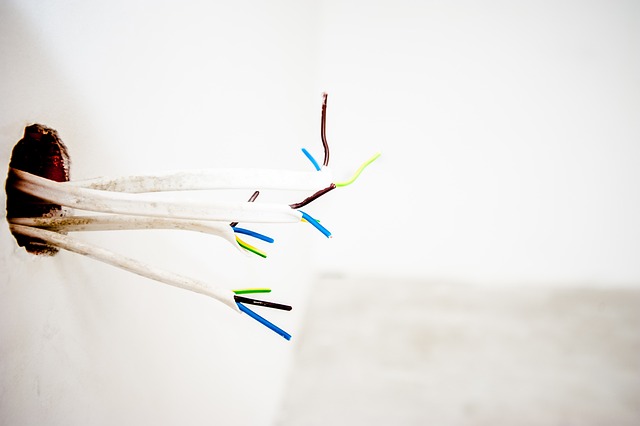
Twist-on wire connectors offer a simple and effective way to connect electrical wires. Also known as wire nuts, they don’t require any special tools. After stripping the ends of the wires, you can place them inside of a twist-on wire connector. Turning it will then twist the exposed wire ends together. All twist-on wire connectors require a similar installation process, but they are available in different types.
#1) Wing
Wing connectors are characterized by wing-like tabs. They look like ordinary twist-on wire connectors; the only difference is that wing connectors have tabs protruding from the side. Rather than grabbing the main body of a wing connector, you can grab the tabs. Wing connectors are easy to install — and easy to remove — thanks to their wing-like tabs on the side.
#2) Gel-Filled
Most twist-on wire connectors have a hollow plastic interior that’s wrapped in a conductive material. There are gel-filled twist-on wire connectors, however, that feature gel. They are typically used in applications where environmental contamination is a concern. When installing wires outdoors or underground, you may want to use gel-filled twist-on wire connectors. The gel will surround and protect the exposed wire ends from environmental contamination.
#3) Waterproof
There are waterproof twist-on wire connectors available. The interior in which the exposed wire ends are placed is sealed. To achieve a waterproof and sealed design, they feature a cover at the bottom. You can still place the ends of two or more wires inside of these connectors. But the cover at the bottom will seal the opening so that water can’t enter the connectors.
#4) Ceramic
While most twist-on wire connectors feature a plastic shell, some of them are made of ceramic. Ceramic twist-on connectors are typically used in high-heat electrical applications. All electrical wires will produce at least some heat. Wires used to power appliances and machines, though, will produce more heat than wires used to power small devices.
In applications where heat is a concern, you may want to use ceramic twist-on wire connectors. Ceramic can withstand more heat than plastic. Therefore, ceramic twist-on wire connectors are commonly used in high-heat electrical applications.
#5) Pigtail
Pigtail twist-on connectors feature a pigtail. The pigtail is essentially a wire that extends out of the top of the connector. Other types of twist-on connectors have a solid, flat cap at the top. Pigtail twist-on connectors have a long wire that extends out of the top.

